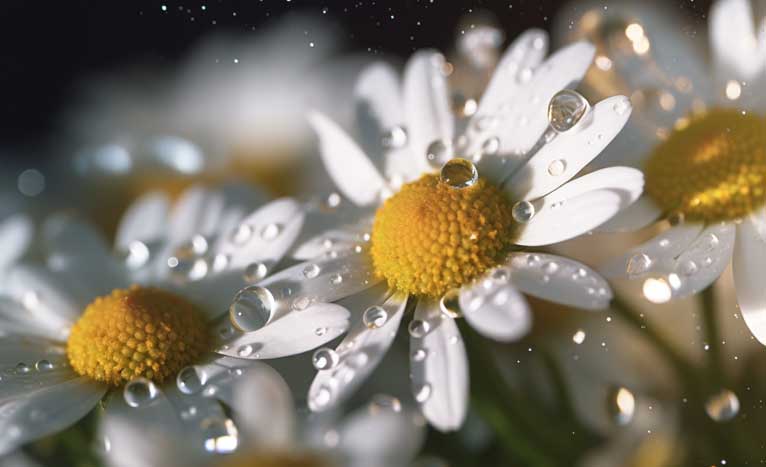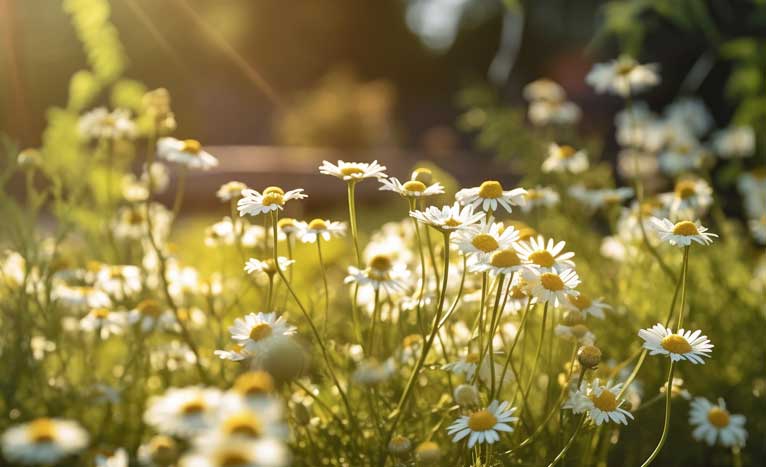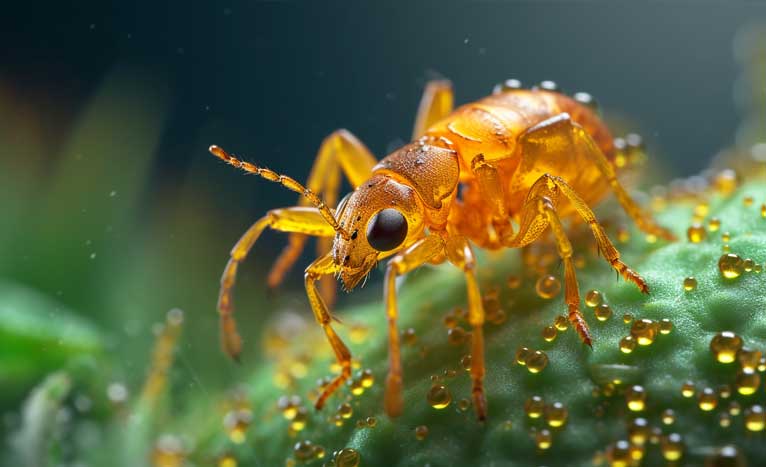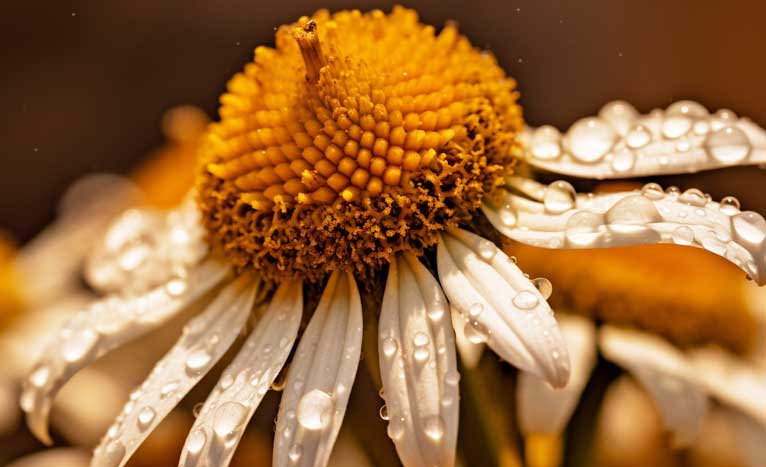Today, I spent time in the garden planting Chamomile from seed and realized I should share with the world how easy it is to plant chamomile and why everyone should be growing this wonderful flower and herb!
I am starting my chamomile from seed https://amzn.to/3Nxwr8m and I am looking forward to the blooms and so are my honeybees! I have been on a quest to cultivate a flower garden that my bees will love and I learned that chamomile is a flower and herb that honeybees will go crazy for. Not only will my honeybees love it, but it is a beautiful addition to my garden that will propagate each year. Take the time to plant chamomile today and watch it bloom for years!
I actually have wild chamomile growing throughout my homestead, but I wanted to specifically plant some in a flower garden near my beehives. I can’t wait to see how it does versus my wild chamomile!
Chamomile is a popular herb that has been used for centuries for its medicinal properties. It's also a lovely addition to any garden with its delicate, daisy-like flowers and pleasant fragrance. If you're interested in growing chamomile, this guide will provide you with all the information you need to get started.
Chamomile is a herb that belongs to the daisy family. It's known for its calming and soothing properties, making it a popular ingredient in teas and other home remedies. Chamomile is also an ornamental plant that can add beauty and fragrance to any garden or landscape. During its bloom time, I love to walk around my homestead and rub my hands on the flower. It smells sweet and truly makes a delicious tea in the summertime. You can even dry out the flower and make teas for the winter!
What is Chamomile?
Chamomile is a herb that's native to Europe, North Africa, and some parts of Asia. It has small, daisy-like flowers with white petals and yellow centers. Chamomile leaves are fern-like and have a pleasant aroma when crushed.
Types of Chamomile
There are two main types of chamomile:

German Chamomile (Matricaria chamomilla): This type of chamomile has white flowers with a yellow center and is commonly used for medicinal purposes.

Roman Chamomile (Chamaemelum nobile): This type of chamomile has white flowers with a greenish-yellow center and is commonly used for landscaping and ornamental purposes.
Both types of chamomile are easy to grow and have similar care requirements.
Best Time to Grow Chamomile
Chamomile is a cool-season herb that grows best in temperatures between 60°F and 68°F. The best time to grow chamomile is in the spring or fall when the temperature is moderate. In warmer climates, you can grow chamomile throughout the year.
Location and Soil Requirements for Chamomile
Chamomile grows best in well-draining soil that's rich in organic matter. It can grow in a variety of soil types, but it prefers soil with a pH of 5.6 to 7.5. Chamomile needs full sun to partial shade to thrive, so choose a location that gets at least six hours of sunlight daily.
Chamomile Propagation Methods
Chamomile can be propagated from seeds or cuttings. The easiest and most common way to propagate chamomile is by sowing seeds.
Propagating Chamomile from Seeds
To propagate chamomile from seeds, follow these steps:
- Start by preparing the soil. Mix equal parts of compost, sand, and garden soil to create a well-draining mix.
- Fill a seedling tray or small pots with the soil mix, leaving about 1/4 inch space at the top.
- Sow the seeds about 1/4 inch deep into the soil.
- Water the soil gently to moisten it.
- Cover the seedling tray or pots with a plastic wrap or lid to create a greenhouse-like environment.
- Place the seedling tray or pots in a warm and bright location but away from direct sunlight.

Planting Chamomile Seeds
When planting chamomile seeds, follow these steps:
- Choose a location that gets at least six hours of direct sunlight daily.
- Prepare the soil by removing any weeds or debris and adding organic matter like compost or well-rotted manure.
- Sow the seeds about 1/4 inch deep into the soil, leaving about 6 inches of space between each seed.
- Water the soil gently to moisten it.
- Cover the seeds with a thin layer of soil or vermiculite to protect them from direct sunlight.
- Water the seeds regularly but avoid overwatering.
Propagating Chamomile from Cuttings
To propagate chamomile from cuttings, follow these steps:
- Take a 3- to 4-inch cutting from a healthy chamomile plant.
- Remove the leaves from the bottom 2 inches of the stem.
- Dip the cut end of the stem into rooting hormone powder.
- Plant the stem into a pot filled with well-draining soil.
- Water the soil gently to moisten it.
- Cover the pot with a plastic wrap or lid to create a greenhouse-like environment.
- Place the pot in a warm and bright location but away from direct sunlight.
- Once the cutting has rooted, remove the plastic wrap or lid and place the pot in direct sunlight.
Caring for Chamomile
Chamomile is a low-maintenance plant that requires minimal care. Here are some tips for caring for chamomile:
- Water the plant regularly but avoid overwatering as it can cause root rot.
Fertilize the plant every two weeks during the growing season with a balanced fertilizer. - Deadhead the plant regularly to encourage continuous blooming.
Mulch the soil around the plant to retain moisture and suppress weeds. - Prune the plant regularly to keep it from becoming too leggy or sprawling.

Pests and Diseases Affecting Chamomile
Chamomile is generally a pest-resistant plant, but it can be affected by some common pests and diseases, such as:
- Aphids
- Spider mites
- Whiteflies
- Powdery mildew
- Root rot
To prevent these problems, keep the plant well-watered and avoid overcrowding. If the plant is affected by pests or diseases, treat it with an appropriate pesticide or fungicide.
Harvesting Chamomile
Chamomile blooms from early summer to late fall, depending on the variety and growing conditions. I love that it seems to bloom for a long time! This is a continuous food source for honeybees and pollinators. You can harvest the flowers when they're fully open and the petals are at their brightest color. To harvest the flowers, follow these steps:
- Choose a dry and sunny day to harvest the flowers.
- Use a pair of sharp scissors to cut the stem about 1 inch below the flower head.
- Place the harvested flowers in a basket or container.
- Rinse the flowers with water to remove any dirt or debris.
- Allow the flowers to dry in a cool and dark place for a few days.
- Store the dried flowers in an airtight container in a cool and dark place.
Uses of Chamomile
Chamomile has numerous uses, including:
Medicinal purposes: Chamomile has anti-inflammatory, antiseptic, and calming properties, making it useful in treating various ailments like anxiety, insomnia, and digestive issues.
Culinary purposes: Chamomile adds flavor and aroma to teas, soups, and desserts.
Cosmetic purposes: Chamomile is used in various skincare products like creams, lotions, and shampoos due to its soothing and anti-inflammatory properties.
Ornamental purposes: Chamomile is a popular ornamental plant that adds color and fragrance to gardens, landscapes, and indoor spaces.
Chamomile is an easy-to-grow and low-maintenance herb that adds beauty, fragrance, and versatility to any garden or indoor space. With proper care and attention, you can grow this charming and useful plant successfully. Whether you're a beginner or a seasoned gardener, chamomile is a plant worth growing. I love to infuse chamomile into olive oil then use that oil in my DIY tallow lotion!
FAQs
What is the best time to grow chamomile?
The best time to grow chamomile is in the spring or fall when the temperature is moderate.
How often should I water chamomile?
Water chamomile regularly but avoid overwatering as it can cause root rot.
Can chamomile grow in containers?
Yes, chamomile can grow in containers, making it an excellent choice for small gardens or indoor spaces.
How do I harvest chamomile?
Harvest chamomile when the flowers are fully open and the petals are at their brightest color. Cut the stem about 1 inch below the flower head and dry the flowers in a cool and dark place.
What are the uses of chamomile?
Chamomile has numerous uses, including medicinal, culinary, cosmetic, and ornamental purposes.
I love that chamomile will come back each year. Plant it and care for it once and it becomes a resilient flower you can use for landscaping, medicinal benefits, and for pollinator food.

